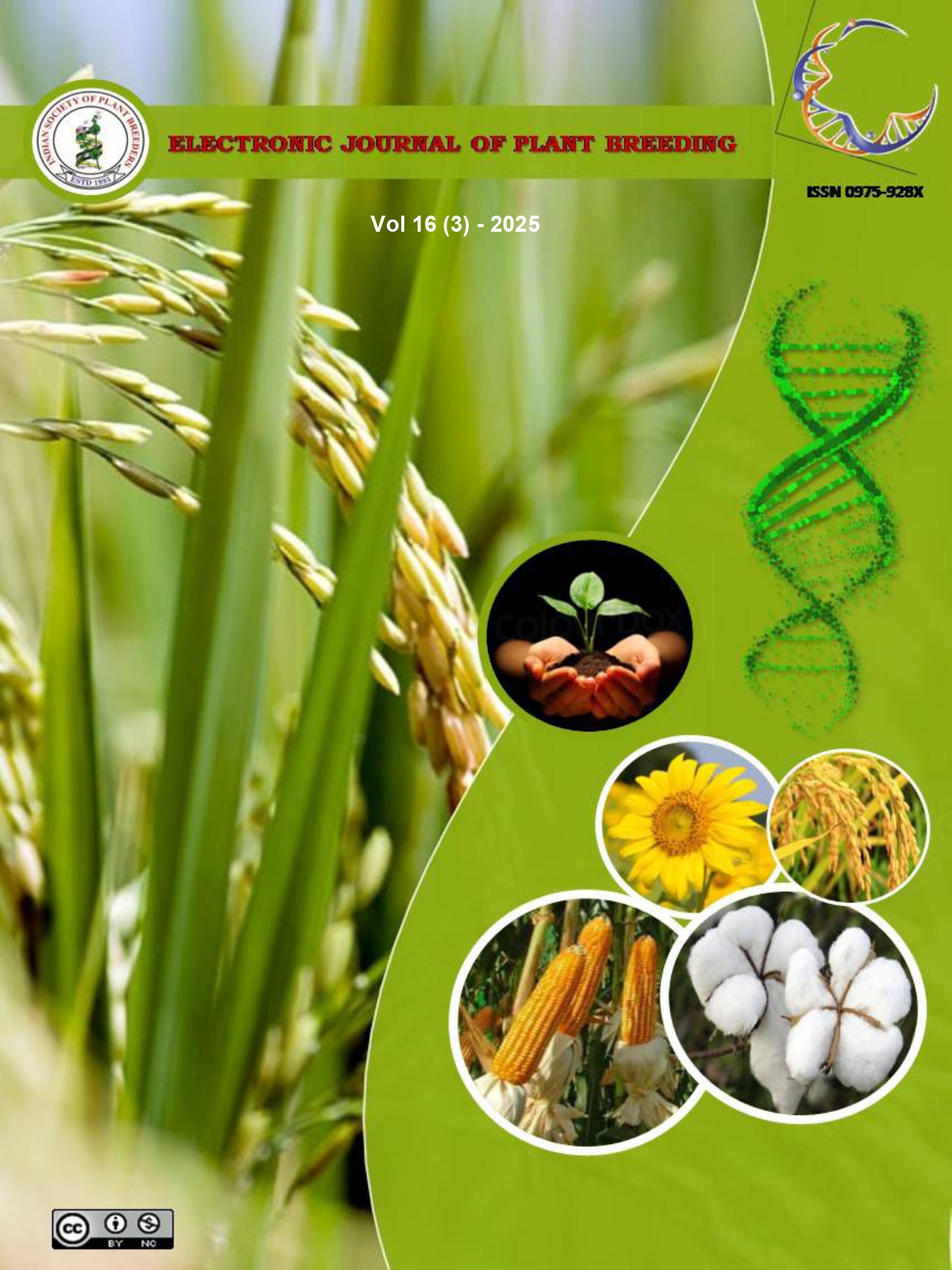Profiling of proximate composition in red sorghum (Sorghum bicolor L. Moench) genotypes for nutritional enhancement
Abstract
The present study aimed to evaluate the nutritional variability and genetic advancement across F3 and F4 generations in three red sorghum crosses: Paiyur 2 × IS 20603, Paiyur 2 × IS 21731, and CO 32 × Paiyur 2. Key nutritional traits including protein, fat, fibre, ash, moisture, and carbohydrate contents were assessed using descriptive statistics, correlation analysis, and principal component analysis (PCA). Comparative analysis revealed significant improvement in mean protein and fat contents from F3 and F4 generations, with Cross 2 (Paiyur 2 × IS 21731) recording the highest protein (11.45%) and fat (5.66%) values, indicating strong transgressive segregation and potential for nutritional enhancement. Trait ranges broadened in the F4 generation, reflecting greater genetic variability, while standard deviations and coefficients of variation remained within acceptable limits, demonstrating controlled variability and increased trait stability. Correlation heatmaps revealed strong positive relationships among protein, fat, and carbohydrate contents, and strong negative correlations between ash and fibre, and between ash and carbohydrate. These associations underscored the interdependence and trade-offs among nutritional traits, providing critical insights for selection strategies. PCA results indicated that the first two principal components (PC1 and PC2) explained 95.56% of the total variation, with ash and carbohydrate being the most discriminating traits. Traits like protein, fat, and moisture were tightly clustered, confirming their co-expression. Cross 2 emerged as a superior cross for nutritional improvement, while Crosses 1 and 3 exhibited better early trait stability. Overall, the study provided a robust framework for selecting nutritionally rich, genetically stable red sorghum lines for future crop improvement programs.

